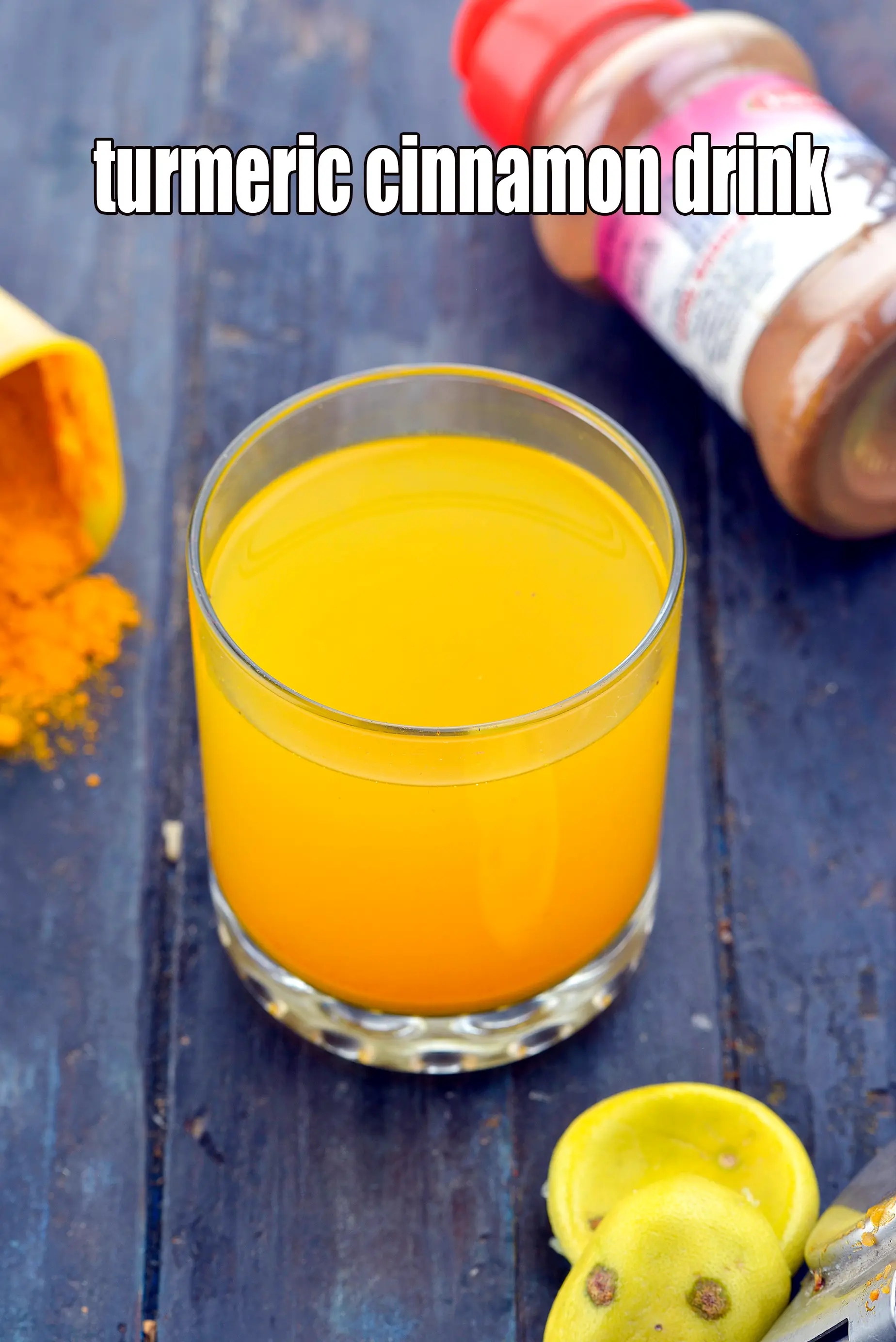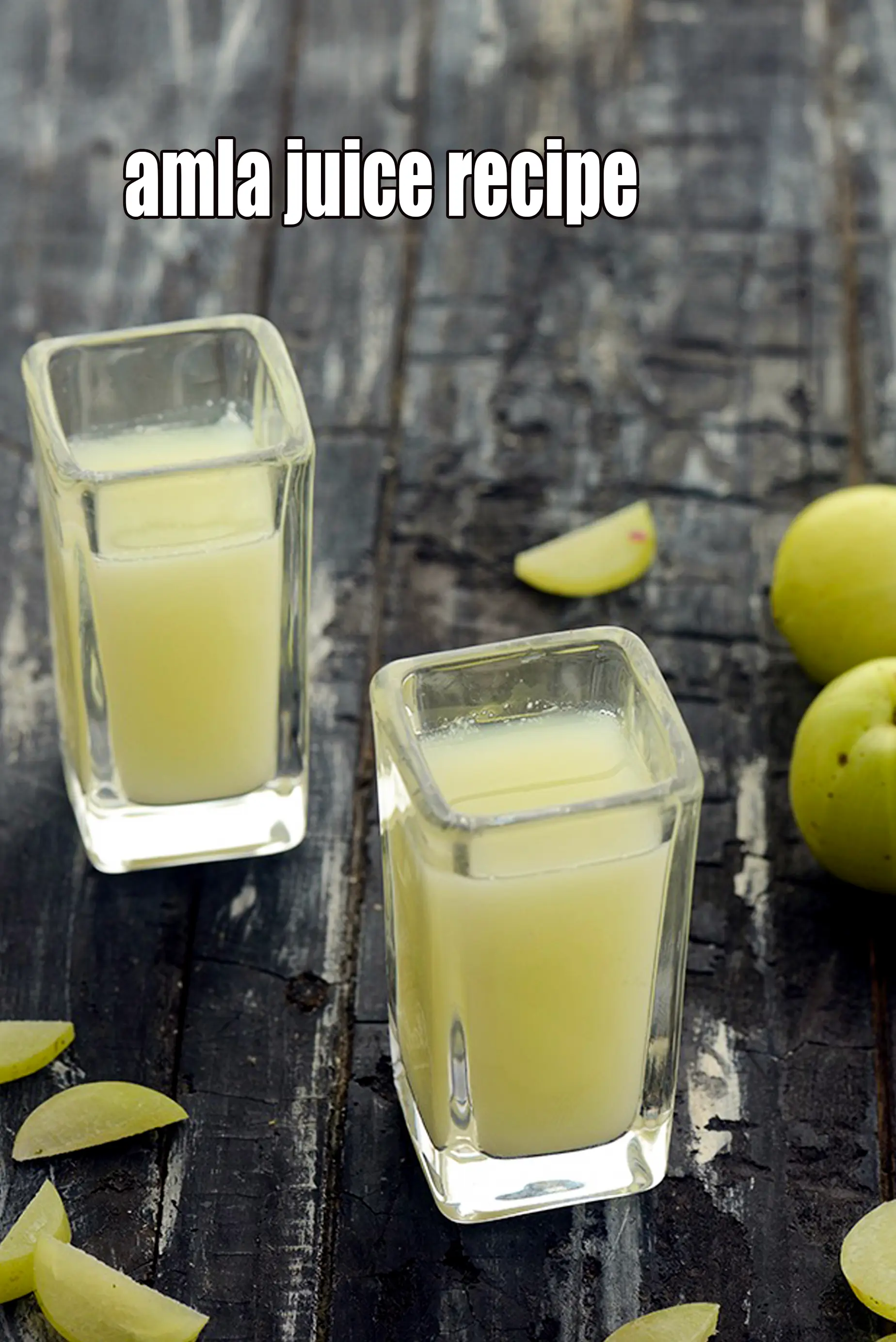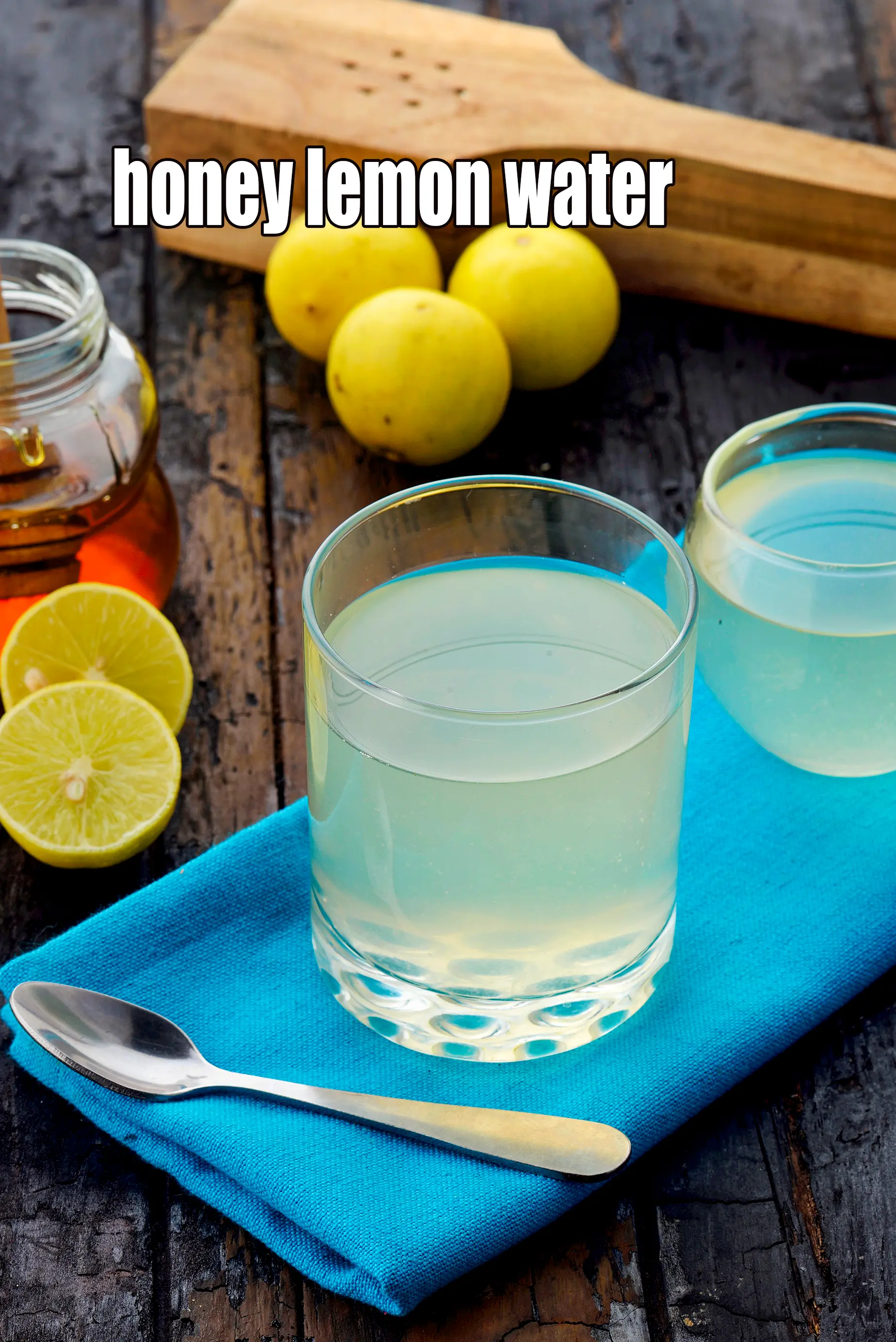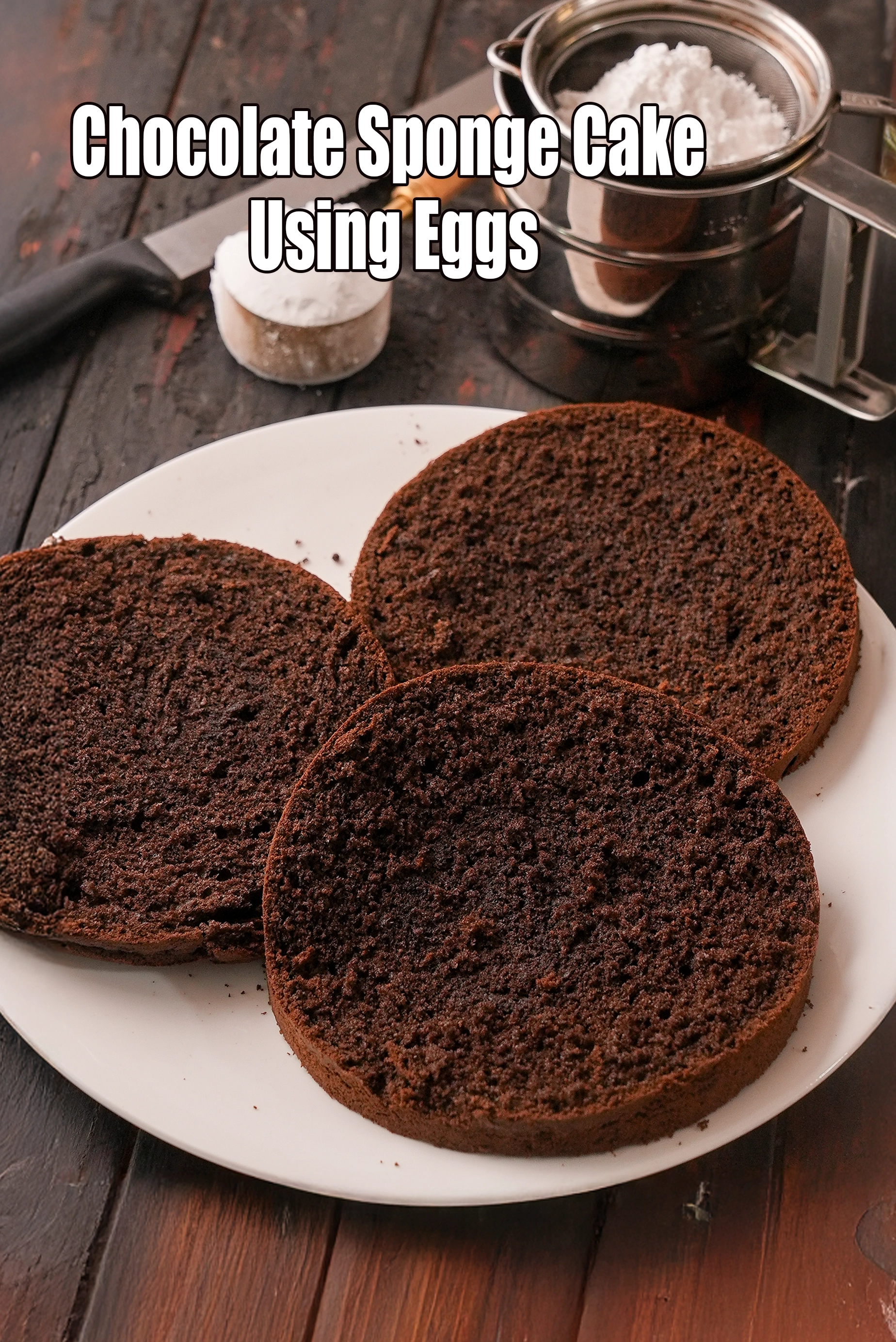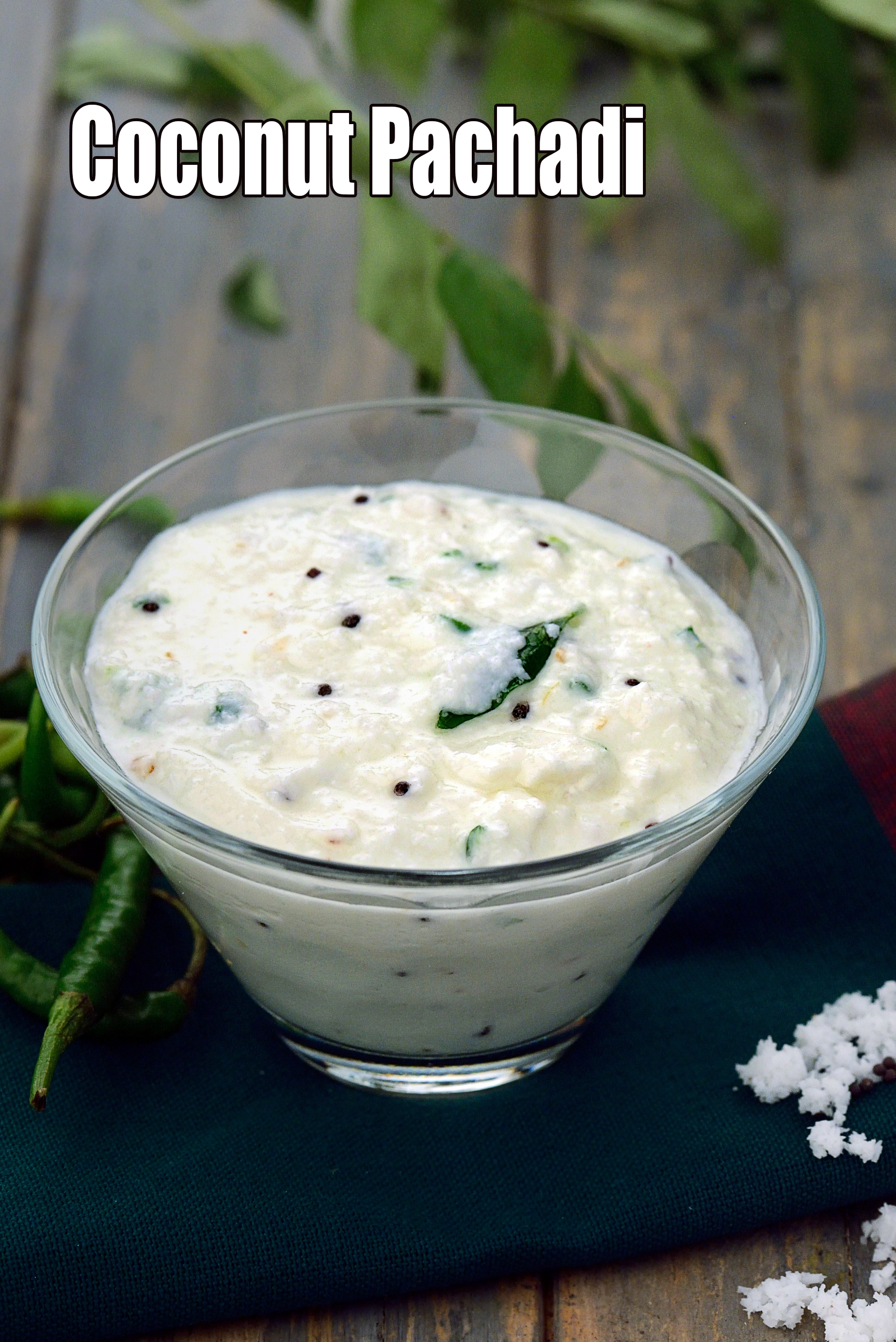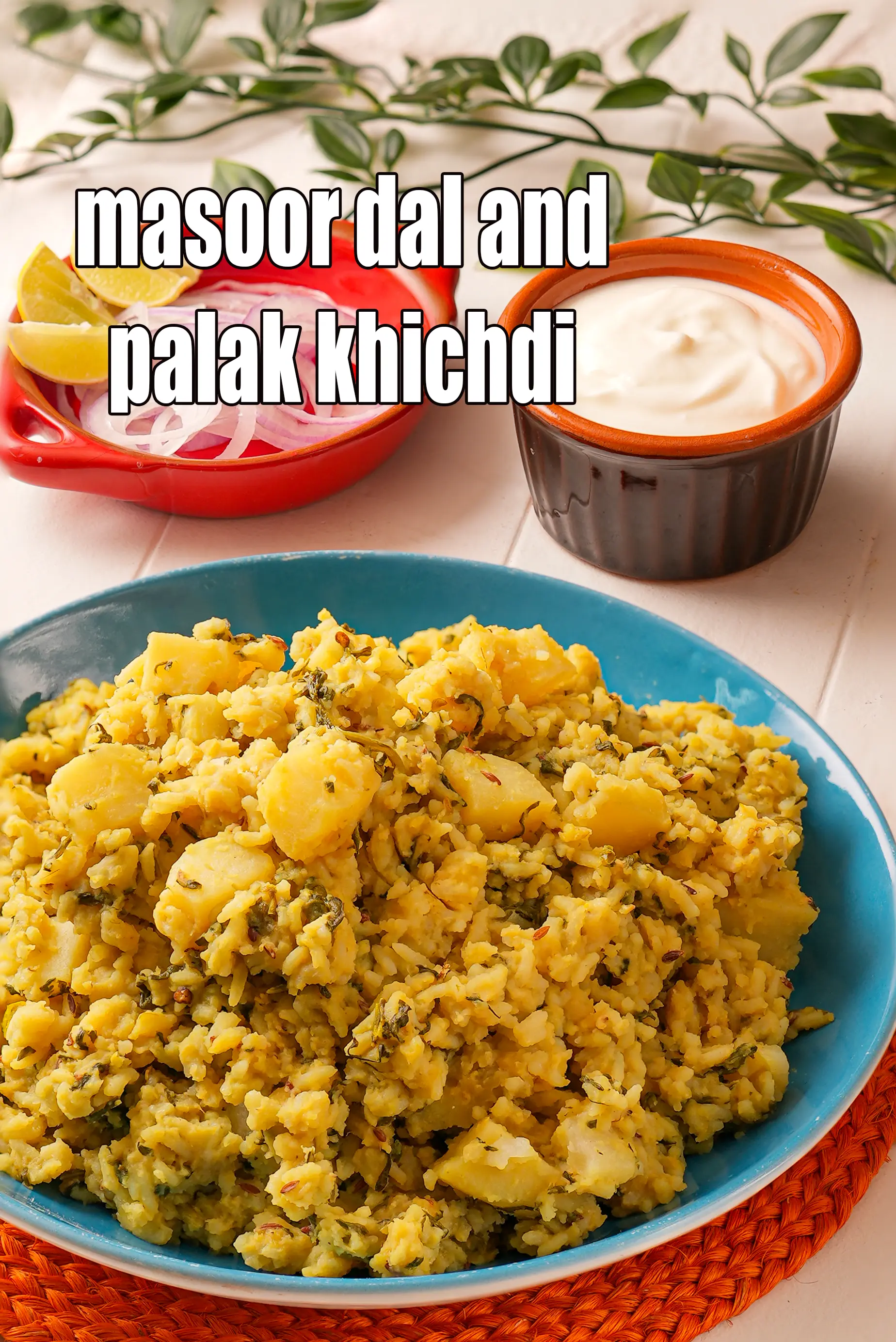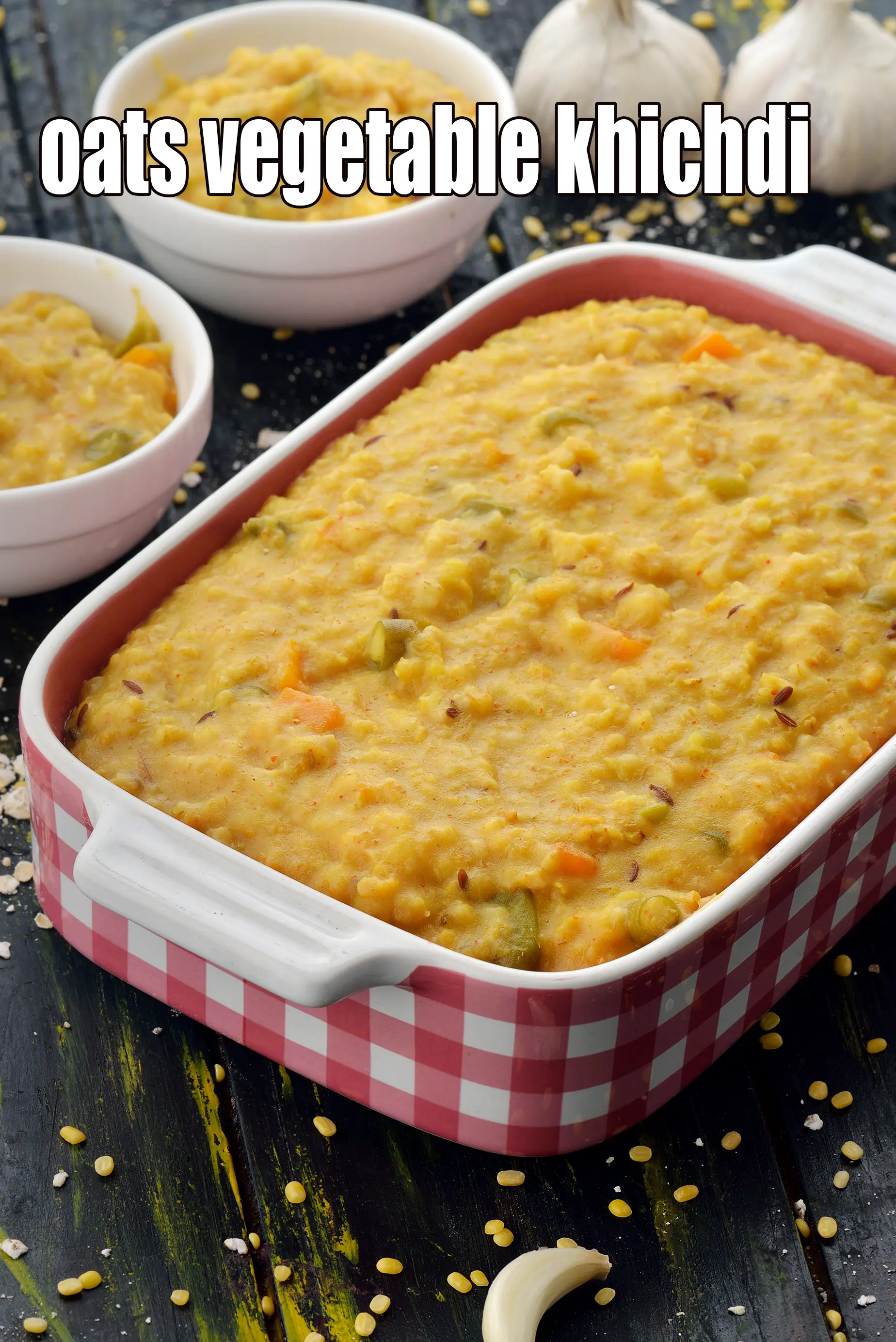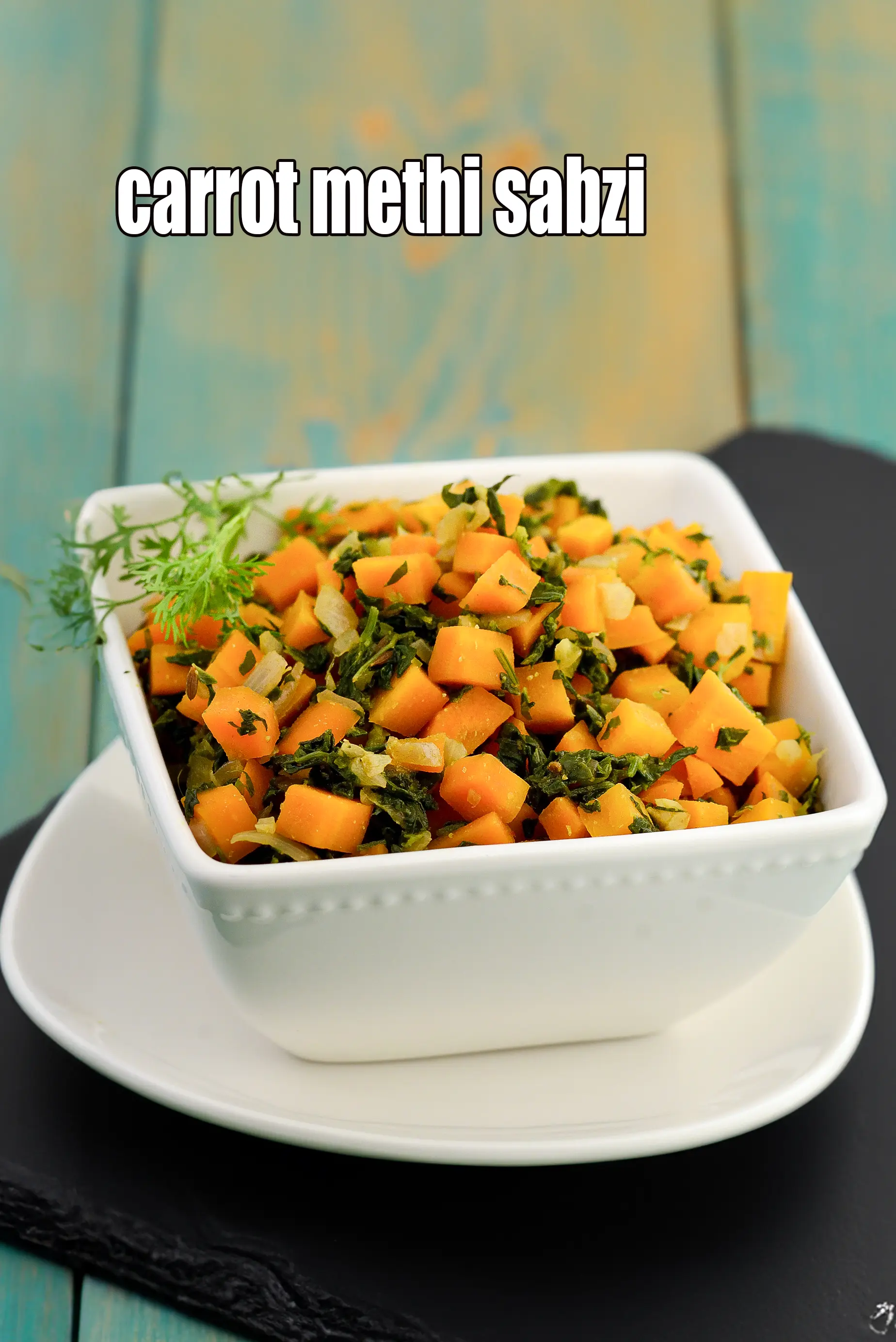You are here: Home> Cuisine > Indian Veg Recipes > Basic Homemade Curd, Dahi Or Yogurt Using Cows Milk
homemade curd using cows milk recipe | cows milk dahi | how to make cows milk dahi at home | healthy cows milk dahi |

Tarla Dalal
22 February, 2025

Table of Content
|
About Basic Homemade Curd, Dahi Or Yogurt Using Cows Milk
|
|
Ingredients
|
|
Methods
|
|
How to make Homemade Curd using Cow's Milk
|
|
Tips for homemade curd using cow's milk
|
|
Nutrient values
|
homemade curd using cow's milk recipe | cow's milk dahi | how to make cow's milk dahi at home | healthy cow's milk dahi | with 15 amazing images.
homemade curd using cow's milk recipe is a protein and calcium rich fare which can be devoured by kids and adults both. Its soft creamy texture is suitable for senior citizens too. Learn how to make cow's milk dahi.
Making curd is a skill that every Indian must acquire because it forms an integral part of Indian meal – be it served by itself or in the form raita and pachadi! The key to making good homemade curd using cow's milk cow's milk dahi at home is to use a good sample or culture to ferment the milk. Further, depending on the season and the temperature, you need to keep it aside to set for the said time.
To make homemade curd using cow's milk, boil the milk and cool it slightly. Whisk the curds in a steel bowl, add the warm milk and whisk well. Cover it with a lid and keep aside until the curds set (approximately 5 to 6 hours). During the cold climate, place inside a cupboard or closed oven to set and it might take 10 to 12 hours. Refrigerate after the curds have set and use as required.
Healthy cow's milk dahi is not only tasty but packed with good health too, especially if it is made with pure cow’s milk. The protein, calcium and phosphorus it lends aids in bone strengthening. Its pro-biotic property aids in soothing the stomach and very effective for the digestive system. It is also less on fat count as compared to full fat milk or buffalo’s milk. So depending on the amount of fat allowed, weight-watchers, diabetics and heart patients can make their choice of including this dahi in their diet. They can also opt for low fat curd, which is made from 99.7% fat free milk.
Cow's milk dahi is easy to make. It can be enjoyed plain, or used to make recipes like Kadhi, Buttermilk, Dhoklas, etc. You can also serve it with healthy recipes like Oats Khichdi or Multigrain Thepla to make a complete wholesome and nourishing meal.
Tips for homemade curd using cow's milk. 1. A sample of store-bought curd does not work most of the time. You need a sample of homemade curd. If you have some homemade curd you made the previous day, well and good, else try to get a sample from a friend or neighbour – you need just a tablespoon-full. 2. Refrigerate the curd after it is ready so that it gets a little thicker.
Enjoy homemade curd using cow's milk recipe | cow's milk dahi | how to make cow's milk dahi at home | healthy cow's milk dahi | with step by step photos below.
Basic Homemade Curd, Dahi Or Yogurt Using Cow's Milk recipe - How to make Basic Homemade Curd, Dahi Or Yogurt Using Cow's Milk
Tags
Preparation Time
5 Mins
Cooking Time
10 Mins
Total Time
15 Mins
Makes
2 cups
Ingredients
For Basic Homemade Curd
2 1/4 cups cow's milk
1 tbsp curd (dahi)
Method
For basic homemade curd
- To make basic homemade curd, boil the milk and cool it slightly.
- Whisk the curds in a steel bowl, add the warm milk and whisk well.
- Cover it with a lid and keep aside until the curds set (approximately 5 to 6 hours). During the cold climate, place inside a cupboard or closed oven to set and it might take 10 to 12 hours.
- Refrigerate after the curds have set and use as required.
homemade curd using cows milk recipe | cows milk dahi | Video by Tarla Dalal
Basic Homemade Curd, Dahi Or Yogurt Using Cows Milk recipe with step by step photos
-
-
To make Homemade Curd using Cow's milk, rinse a deep non-stick pan with 2 tbsp of water and simmer it for 2-3 minutes. This is generally done in stainless steel pans but, if you have an old non-stick pan it is advisable to make this extra effort so, that the milk does not burn. If using a stainless steel patila, you can use the same vessel to set the curd.
-1-185523.webp)
![]()
-
Rotate the pan in a clockwise motion, so the water spreads evenly in the pan. This will prevent milk from scorching as the water forms a protective layer between the pan and milk.
-2-185523.webp)
![]()
- Discard the water and pour the cow's milk into the pan. We have used cow's milk here as it is the type of milk that is most used in Indian homes. It makes a creamy and delicious curd but if you want a thicker curd, it is better to use buffalo milk as it contains more fat content than cow's milk.
-
Boil the milk on a medium flame for 6 to 8 minutes. Stir it occasionally to avoid the milk from sticking to the bottom of the pan or browning. Generally, for making dahi at home, you just need to warm the milk slightly. In hot climate, you will need to warm the milk very slightly but, if the weather is cold you need to warm it a little more.
-4-185523.webp)
![]()
- Switch off the flame and allow to cool slightly (lukewarm). Immerse your finger to check the temperature of the milk and then only add the starter. Do not putt the milk in refrigerator to cool it quickly, it has to be cooled down at room temperature.
-
Add the curd in a bowl or pan. This is called as jaman or a starter which helps in setting the curd. In winters, you would require more starter to set the curd so, adjust the quantity according to the season.You can also use clay bowls, glass or ceramic bowls to set the curd. My mother makes use of air-tight, lunch-box bottle container to set dahi for our office use.
-6-185523.webp)
![]()
-
Spread it evenly with the help of a spoon.
-7-185523.webp)
![]()
-
Pour the luke warm milk over it. If the milk is hot and then added to curd, it will curdle and it may not yield creamy and tasty homemade curd.
-8-185523.webp)
![]()
-
Mix well using a spoon so, that the curd spreads evenly. Sour starter will yield sour curd so, ensure your low fat curd is fresh. You can even make use of a whisk to mix the curd in milk.
-9-185523.webp)
![]()
-
Cover with a lid.
-10-185523.webp)
![]()
-
Rest in a warm place for 5-6 hours. During the winters, you can place the curd bowl in an oven or a casserole to set as it is considerably higher in temperature. During summers, the curd will set very quickly (within 4-5 hours), so check it after 4 hours without fail.
-11-185523.webp)
![]()
-
After 5-6 hours, the milk will be set into curd which is curd from cows milk. It will take longer if the weather is colder.
-12-185523.webp)
![]()
-
After setting the curd, keep it inside the refrigerator or else it can get sour taste. If you place the curd inside the refrigerator, it will get thicker and the taste will remain fresh.
-13-185523.webp)
![]()
-
Use a spoon to check the curd if its set nicely. Your fresh and creamy homemade curd using cow's milk is ready to use.
-14-185523.webp)
![]()
-
You can use this Cow's Milk Curd to make subzis like Achaari Dahi Bhindi or raitas or any curry with gravy like Rajasthani Pakoda Kadhi. This cow milk curd recipe has 33% less fat than homemade full fat curd recipe or curd made from Buffalo milk.
-15-185523.webp)
![]()
-
To make Homemade Curd using Cow's milk, rinse a deep non-stick pan with 2 tbsp of water and simmer it for 2-3 minutes. This is generally done in stainless steel pans but, if you have an old non-stick pan it is advisable to make this extra effort so, that the milk does not burn. If using a stainless steel patila, you can use the same vessel to set the curd.
-
- A sample of store-bought curd does not work most of the time. You need a sample of homemade curd. If you have some homemade curd you made the previous day, well and good, else try to get a sample from a friend or neighbour – you need just a tablespoon-full.
-
Refrigerate the curd after it is ready so that it gets a little thicker.
-13-185523-2-193705.webp)
![]()
Nutrient values (Abbrv)per plate
Nutrient values (Abbrv) per cup
| Energy | 142 cal |
| Protein | 6.7 g |
| Carbohydrates | 9.1 g |
| Fiber | 0 g |
| Fat | 8.6 g |
| Cholesterol | 1.1 mg |
| Sodium | 147.3 mg |
Click here to view Calories for Basic Homemade Curd, Dahi Or Yogurt Using Cow's Milk
The Nutrient info is complete

Subhabrata Saha
March 13, 2025, midnight
Are Curd and Yogurt the same??? Also, please provide recipe of Probiotic Yogurt.

Tarla Dalal
March 13, 2025, midnight
They are the same. In India we say curd. Don''t have a recipe for probiotic yoghurt.

Subhabrata Saha
March 13, 2025, midnight
1 Cup = How much mL???

Tarla Dalal
March 13, 2025, midnight
200 ml

Shambhavi
March 13, 2025, midnight
from where have you taken these nutritive values?

Shambhavi
March 13, 2025, midnight
I''m a nutrition and dietetics student and i also refer to Nutritive values of Indian food by C. Gopalan, but the values here are differing.

GIRIRAJ
March 13, 2025, midnight

Umesh Lamba
March 13, 2025, midnight
minimum rating one can give is 1 star, i would have given lesser if possible. you are providing nutritional value for 1 tbsp (table spoon). Is this a standard measure?? please provide the nutritional value in terms of standard units such grams, ml etc. otherwise its waste of your effort and also peoples time.

Tarla Dalal
March 13, 2025, midnight
Hello Umesh, The Nutritive values have been updated per cup measure.

simran
March 13, 2025, midnight
Your 1 cup is equivalent to how many grams?

Tarla Dalal
March 13, 2025, midnight
1 cup is 200 ml, the standard measuring cup available in the market.

Prathamesh
March 13, 2025, midnight
So good information madam, I am so happy

Tarla Dalal
March 13, 2025, midnight
Thanks for the feedback !!! Keep reviewing recipes and articles you loved.

manisha
March 13, 2025, midnight
this curd recipe is a very basic recipe but gives you a perfect set curds which is very important, I hate my curds being thin or watery...

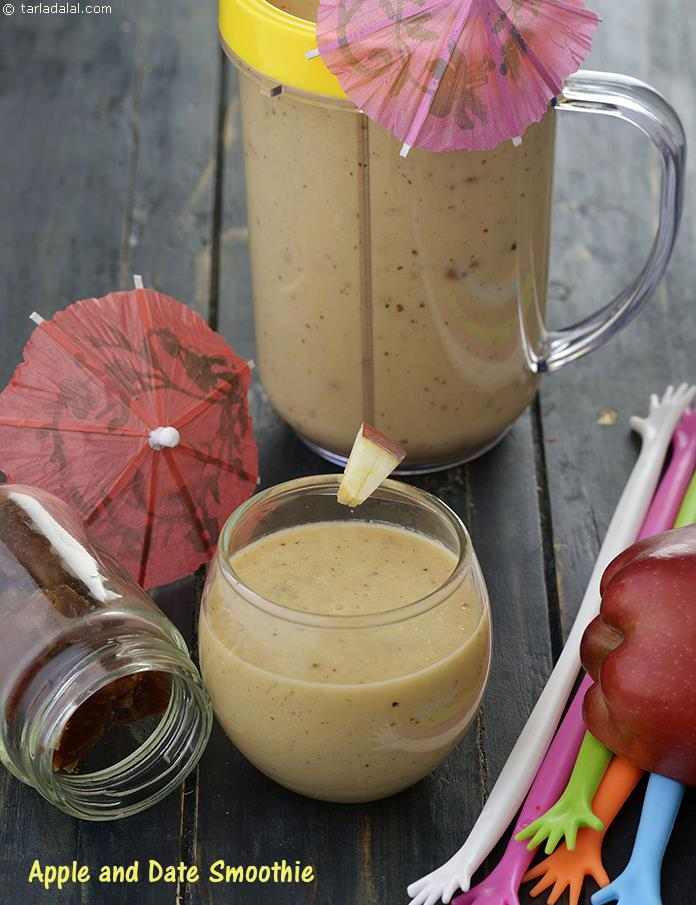
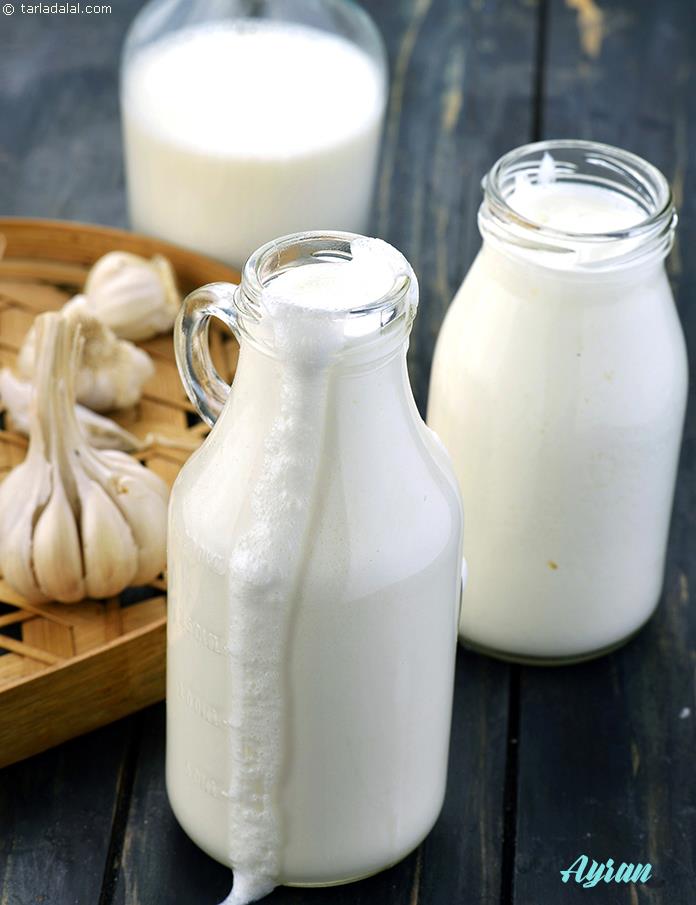

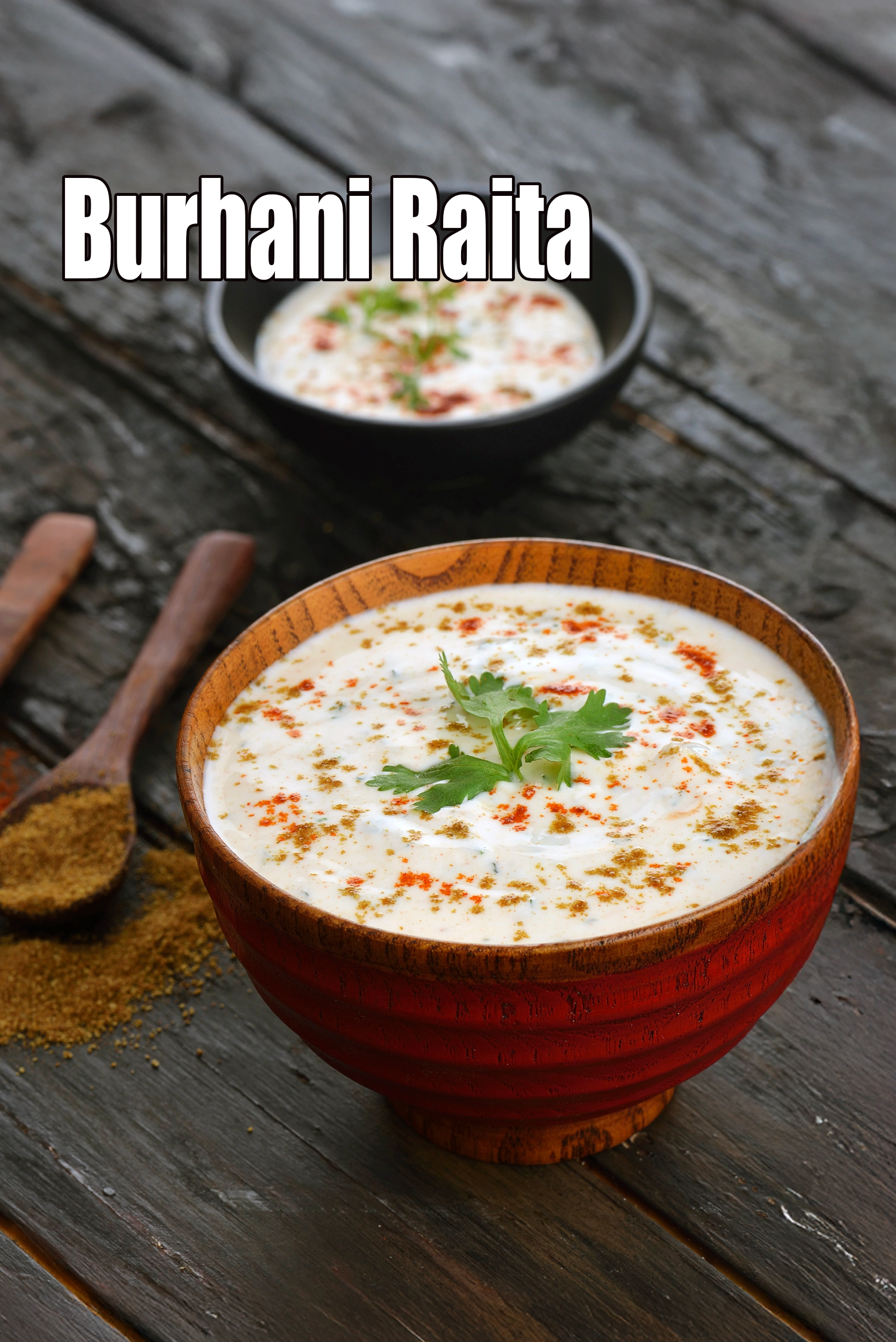
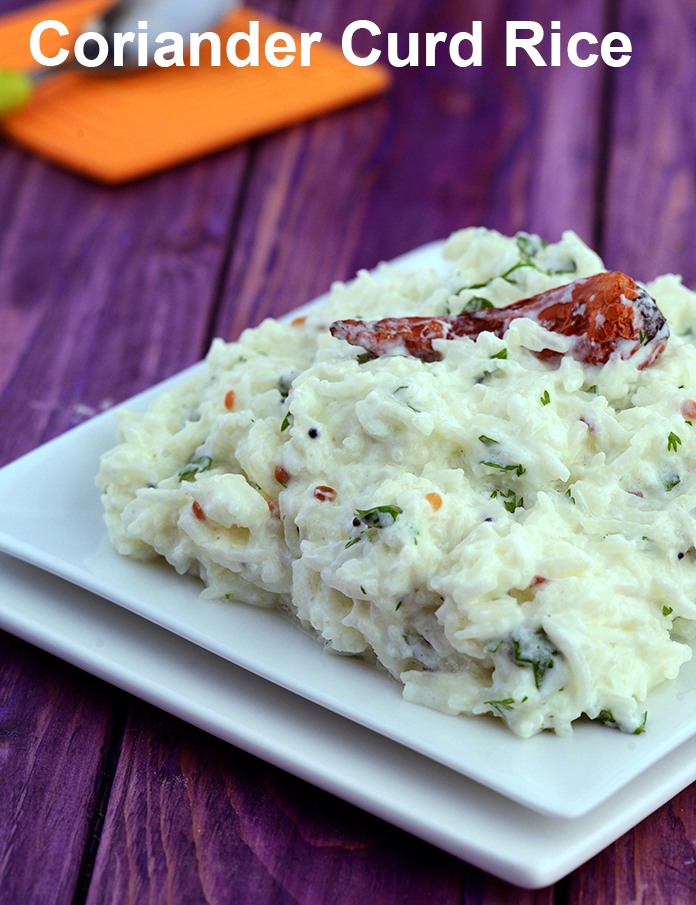


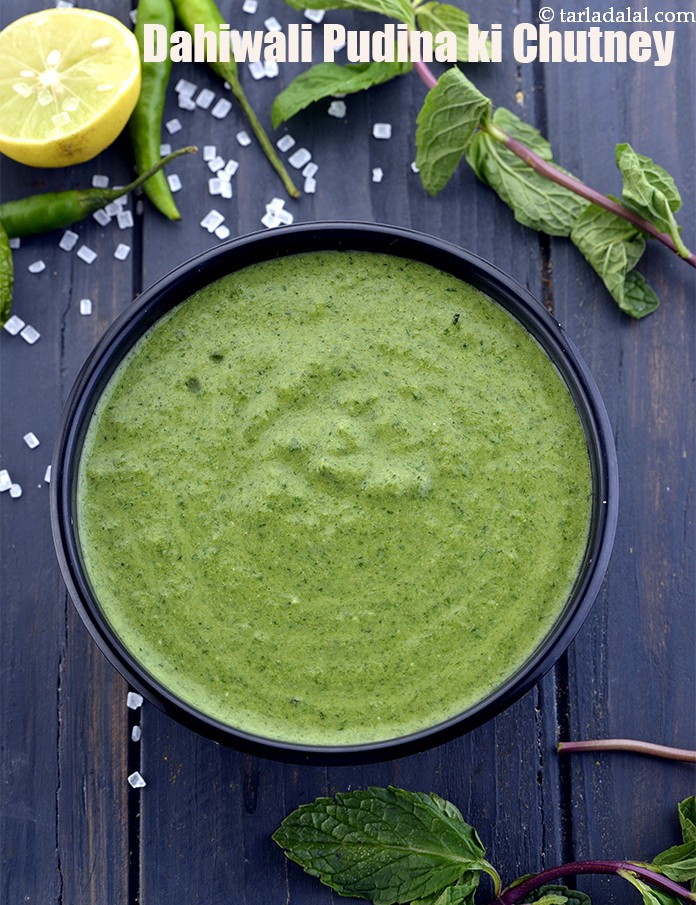



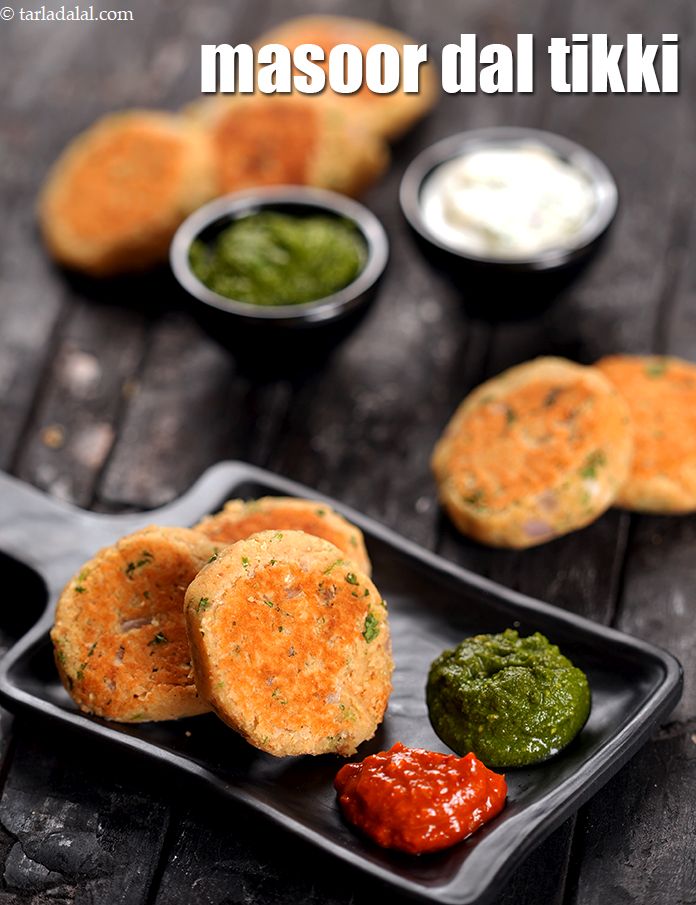

-9025.webp)
